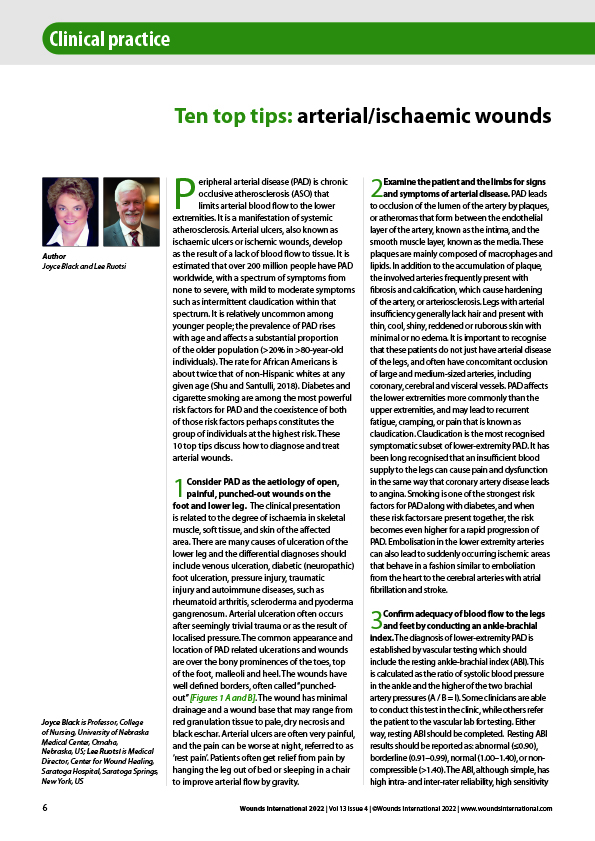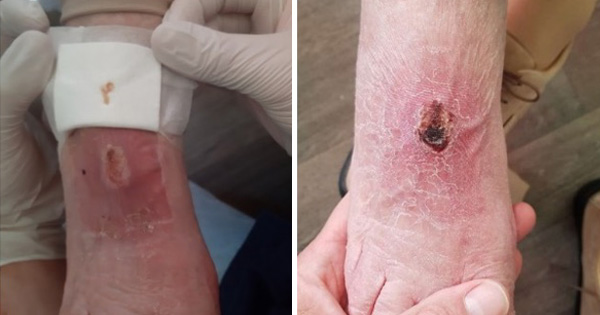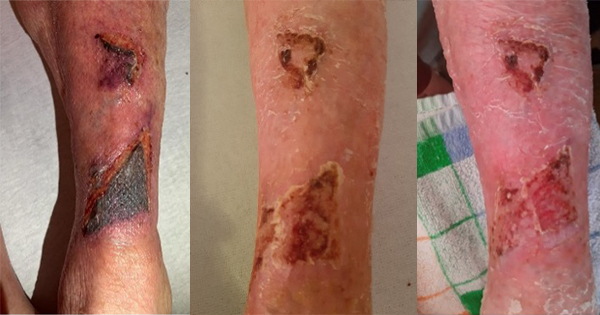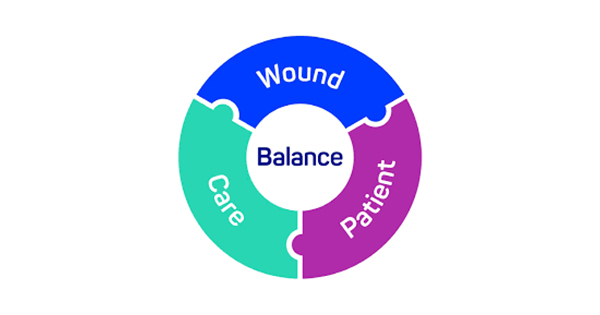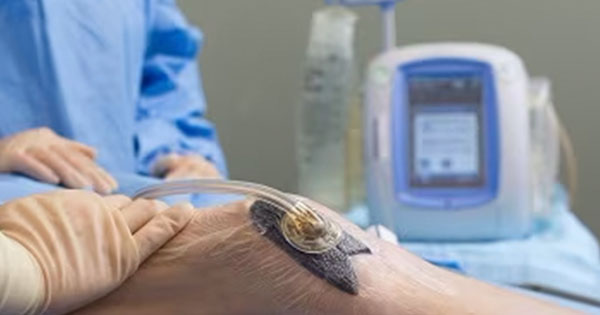Peripheral arterial disease (PAD) is chronic occlusive atherosclerosis (ASO) that limits arterial blood flow to the lower extremities. It is a manifestation of systemic atherosclerosis. Arterial ulcers, also known as ischaemic ulcers or ischemic wounds, develop as the result of a lack of blood flow to tissue. It is estimated that over 200 million people have PAD worldwide, with a spectrum of symptoms from none to severe, with mild to moderate symptoms such as intermittent claudication within that spectrum. It is relatively uncommon among younger people; the prevalence of PAD rises with age and affects a substantial proportion of the older population (>20% in >80-year-old individuals). The rate for African Americans is about twice that of non-Hispanic whites at any given age (Shu and Santulli, 2018). Diabetes and cigarette smoking are among the most powerful risk factors for PAD and the coexistence of both of those risk factors perhaps constitutes the group of individuals at the highest risk. These 10 top tips discuss how to diagnose and treat arterial wounds.

